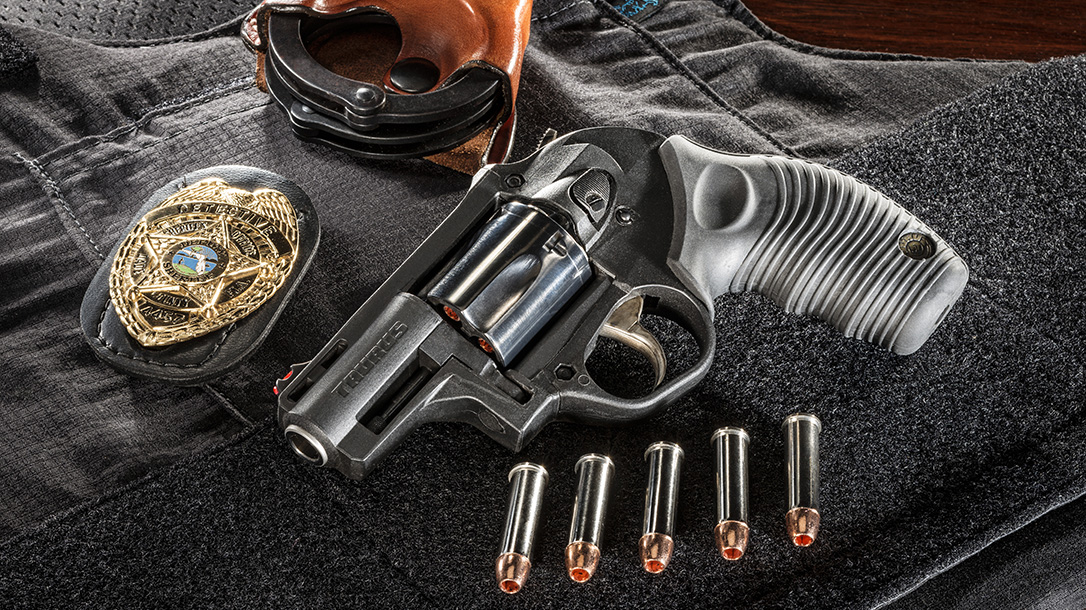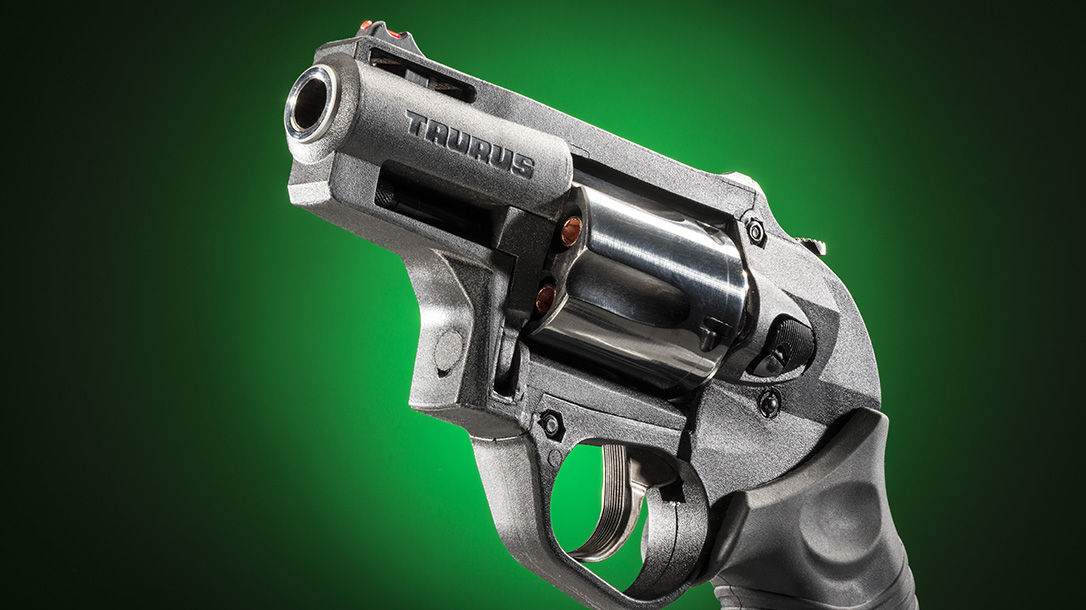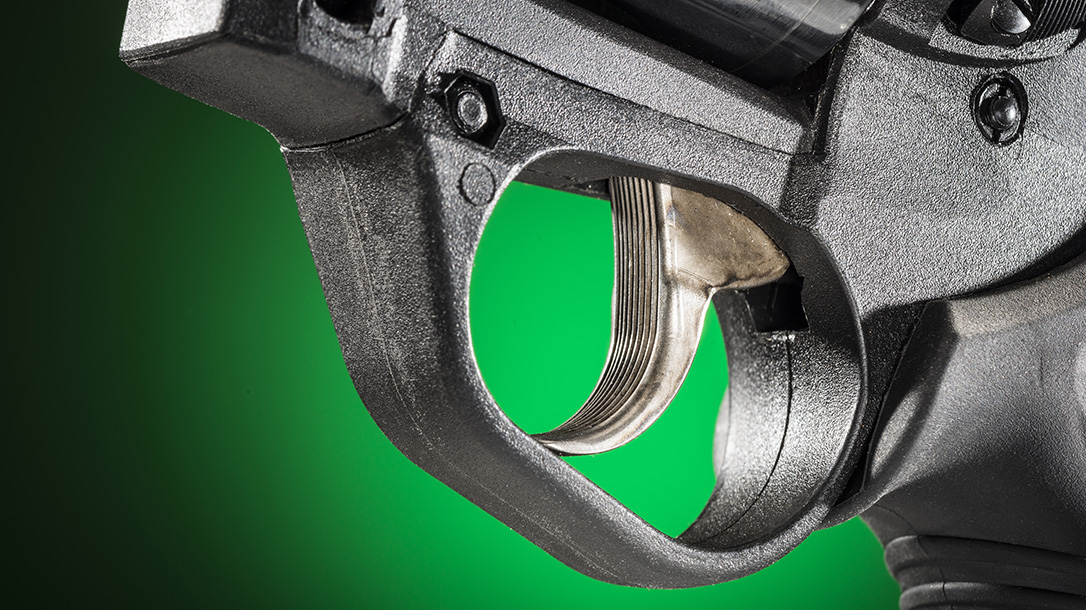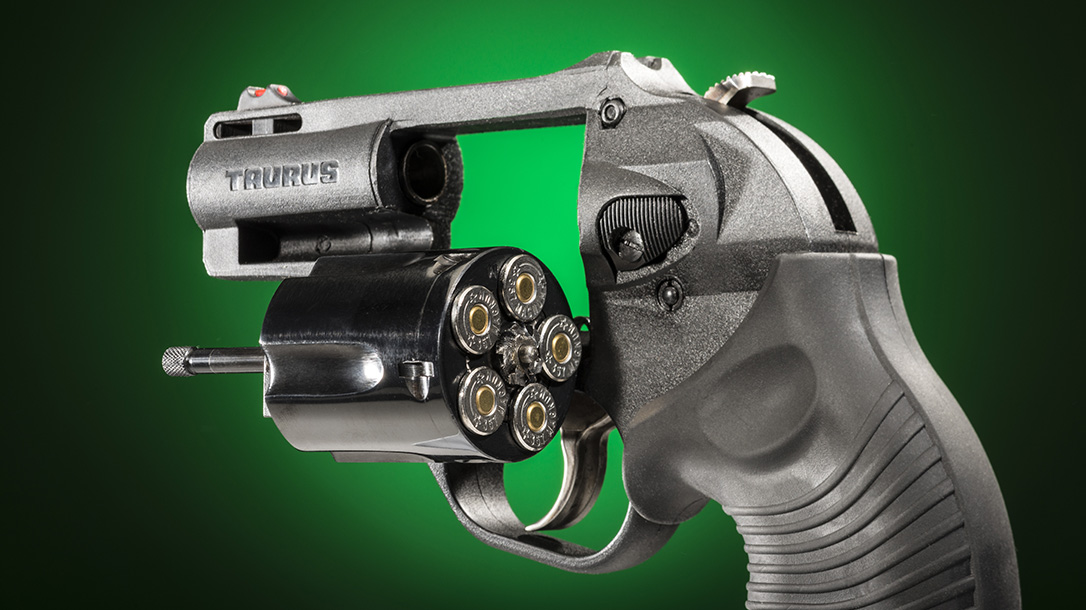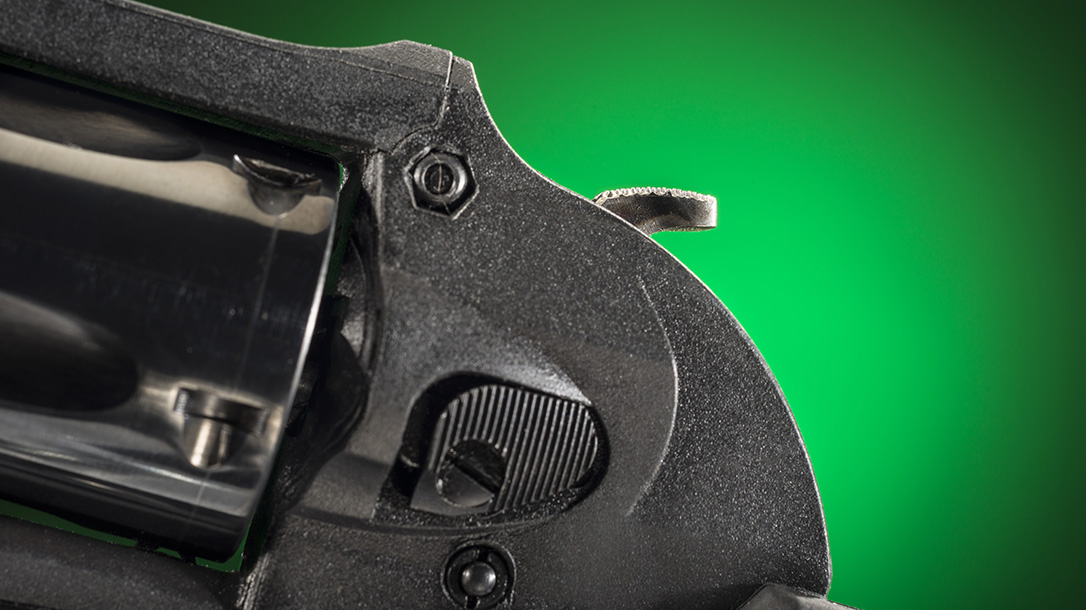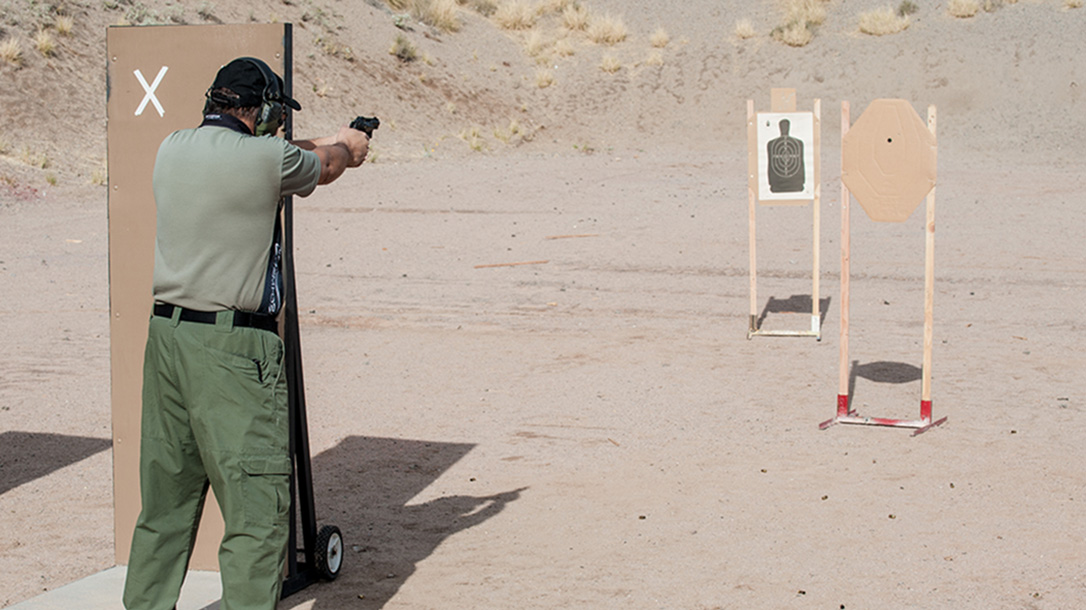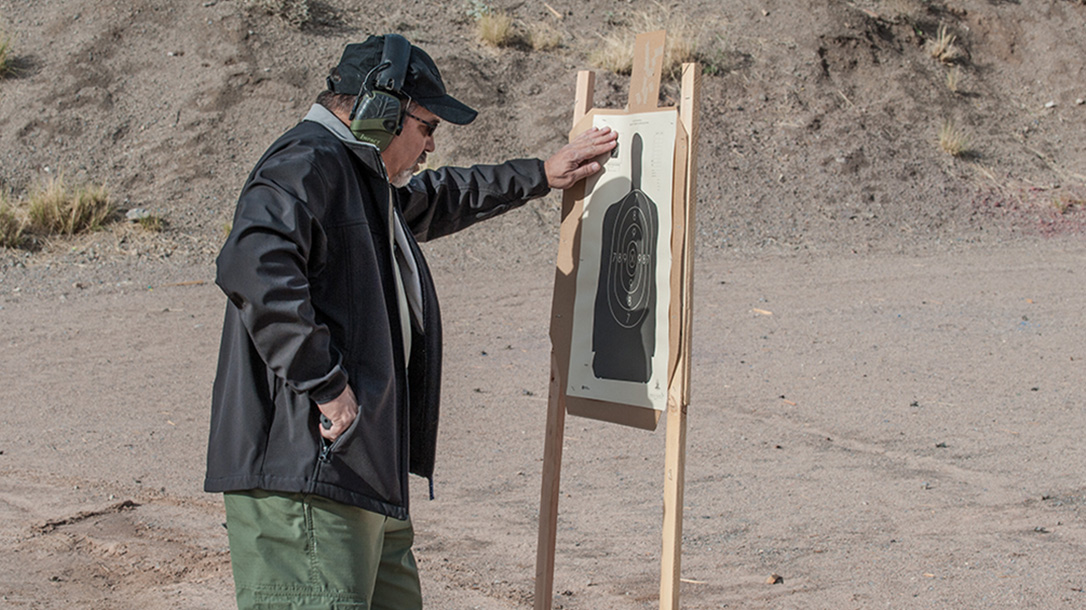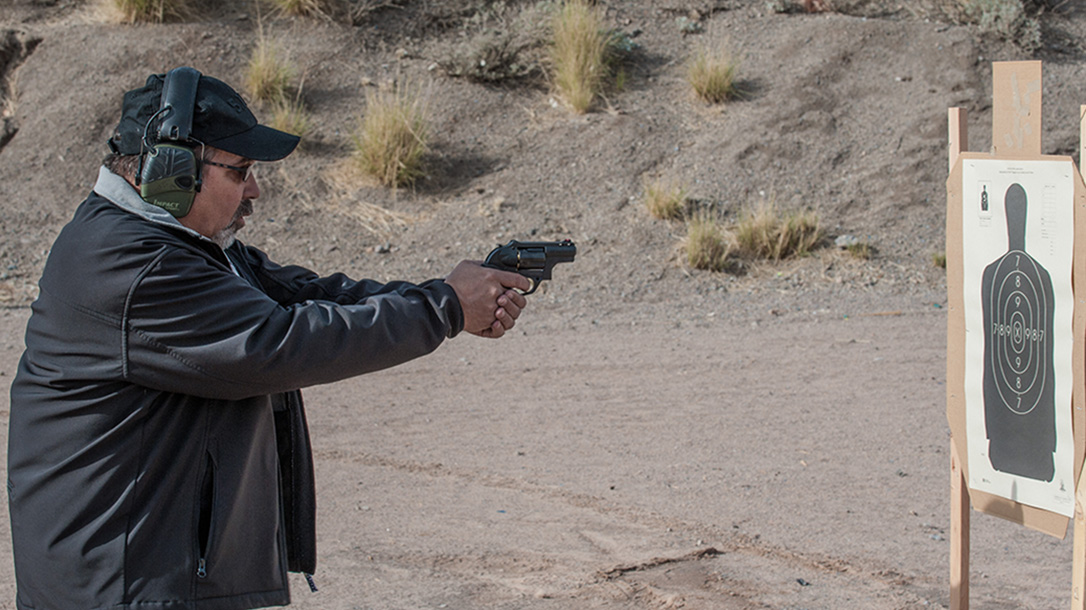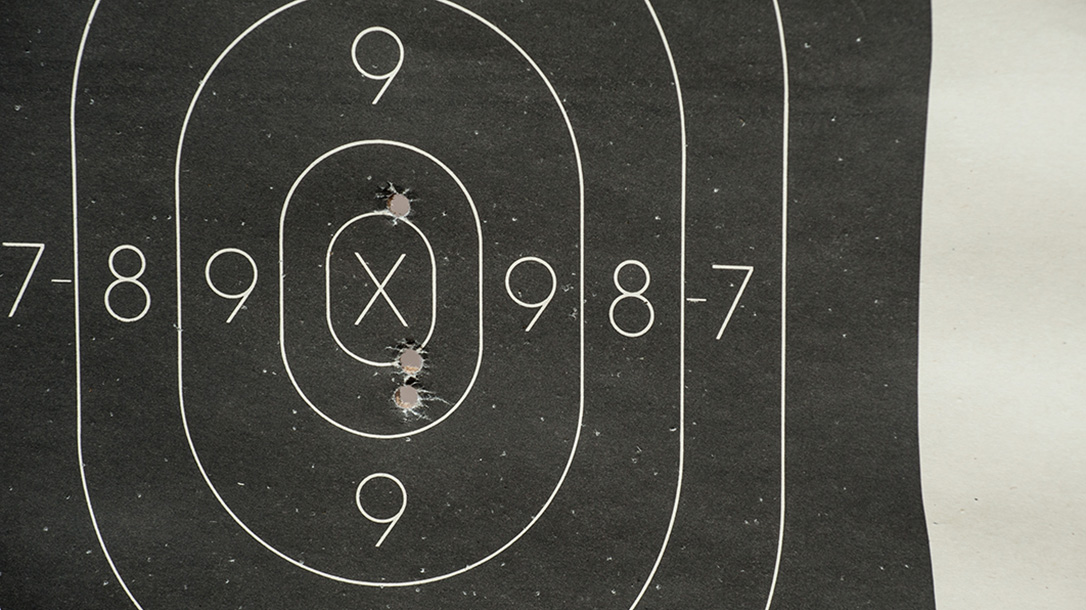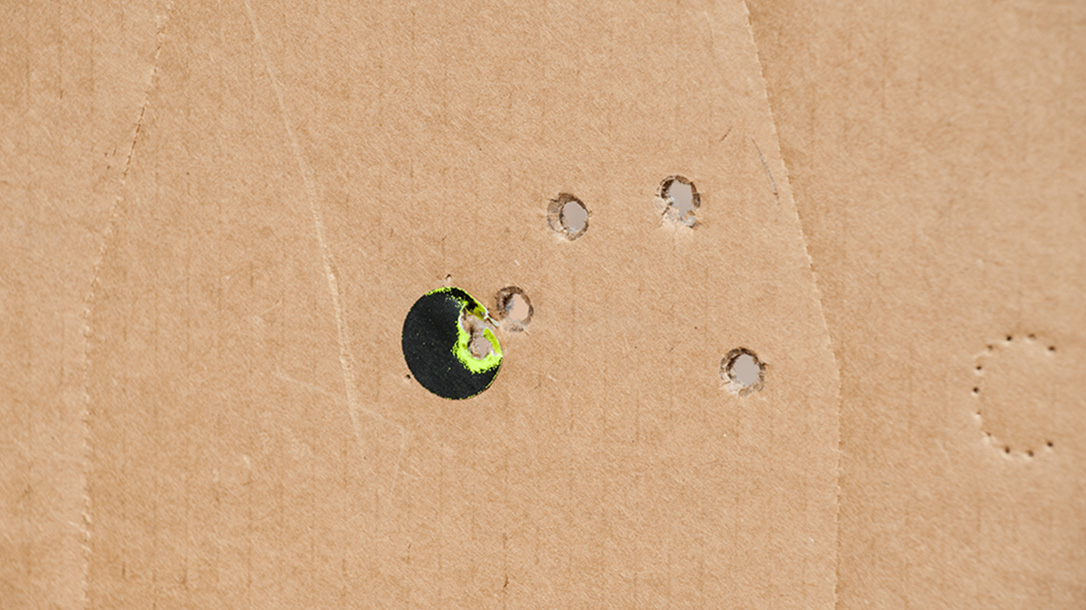Forjas Taurus is a manufacturing conglomerate based out of Porto Alegre, Brazil. The company began manufacturing firearms in 1941, and in 1968, it started exporting revolvers to the U.S. market through a series of dealers and importers. In 1970, the Bangor Punta Corporation, then the parent company of Smith & Wesson, bought 54 percent of Forjas Taurus. Thus, the two companies could easily share gun design and manufacturing information.
In 1977, the company’s current owners bought Taurus from Bangor Punta, and that ended its ties to Smith & Wesson. But in 1980, after Beretta finished contracts to make firearms for Brazil’s military, Taurus bought the Italian manufacturer’s São Paulo plant along with the tooling, technical drawings and workers needed to make several different pistols. Four years later, the company created a subsidiary, Taurus International, also known as Taurus USA. Its mission: find more efficient ways to tap the U.S. firearms market.
Advertisement — Continue Reading Below
In 1997, Forjas Taurus purchased the rights and equipment to make Rossi-brand revolvers. From its plant in São Leopoldo, Brazil, the company makes several models under the Rossi name.
Back in 2006, Taurus began offering its Judge series of .410/.45 Colt revolvers as well as other innovative designs. One of the company’s newer lines is its Polymer Protector series, which features compact, polymer-framed, double-action/single-action (DA/SA) revolvers specifically designed for concealed carry and self-defense. Two of these Polymer Protector models, known as “DT” revolvers, are chambered for the .357 Magnum/.38 Special. While both feature matte black frames, grips and barrel shrouds, one has a matte stainless cylinder, hammer and trigger while the other has a blued cylinder and a color-casehardened hammer and trigger. I recently got my hands on the latter for testing.
Streamlined .357
This DT revolver is geared toward comfort and ergonomics for all-day carry, from the grip to the general shape and lines of the frame. The sleek polymer frame partially shrouds the hammer to prevent snagging on garments while carrying concealed or while performing a draw from concealment. The semi-shrouded frame also allows the shooter to reach the hammer to manually cock the revolver.
Advertisement — Continue Reading Below
The ejector rod under the 2-inch barrel is fully shrouded by the polymer frame to further the revolver’s snag-free appeal. The cylinder release button is a low-profile design that blends into the polymer frame but is still easy to to operate. The DT is also equipped with ribbed rubber grips for more comfortable shooting and enhanced control. The rear sight is a notch cut into the topstrap, and the front sight has a red fiber-optic insert.
A Closer Look
Like all Taurus firearms, the .357 Magnum DT is equipped with the Taurus Security System (TSS), which allows the shooter to secure the firearm and make it inoperable with the turn of a key. With the TSS is engaged, the firearm can’t be fired or cocked and the cylinder release can’t be activated. Two keys are included. To engage the system, simply insert the key into the hole just under the hammer spur and rotate it one quarter-turn clockwise. Another safety feature built into this revolver is the transfer bar, which prevents the hammer from striking the firing pin unless the trigger is pulled fully to the rear.
Taurus refers to this revolver as being a “small-frame” model, but because of the polymer frame, it’s a little larger than the rest of the small-frame revolvers in Taurus’ lineup. Still, because of its light weight, it’s easy to conceal and carry. Several Kydex and leather holsters are available for the Polymer Protector series revolvers.
Advertisement — Continue Reading Below
Magnum Test
I wanted to test the DT revolver’s capabilities for concealed carry and personal protection, so I chose CorBon DPX .38 Special +P and .357 Magnum loads that are specifically designed for this purpose. Of course, though the DT can fire both types of ammunition, I did most of the testing with the .38 Special ammo for a bit more shooting comfort and less recoil, especially considering the revolver’s light 19.75-ounce weight.
My first step was to measure the velocities of the test loads versus what CorBon listed for each of them. CorBon’s 110-grain .38 Special +P DPX load is rated for a velocity of 1,050 fps; the 125-grain .357 Magnum DPX ammo has a factory-rated velocity of 1,300 fps. CorBon’s solid-copper, hollow-point DPX projectile is designed to retain all of its weight for enhanced penetration and optimum expansion.
After setting up my PACT Professional XP chronograph, I fired a five-shot string with the .38 Special load and achieved an average velocity of 998 fps, which gives an IPSC power factor of 109. Ammo makers usually use longer barrels to test their loads, and given this revolver’s 2-inch barrel, the velocity loss is not very significant. This load should be just as effective in use.
Advertisement — Continue Reading Below
Drawing
I didn’t have a holster on hand to test this lightweight revolver, so I opted to improvise with some unusual carry methods. One was to draw the DT from my front pants pocket. This was easy thanks to the revolver’s shrouded-hammer design. In testing, the hammer never snagged on any fabric and, with little practice, this method became quite effective.
Another method I tested was drawing the DT from the front pocket of a jacket. By using both hands—my weak hand holding the jacket and my strong hand drawing the revolver—this method was even faster and more effective. The DT has a fairly stiff double-action (DA) trigger pull, making an accidental or negligent discharge almost impossible.
Accuracy
Next came the accuracy portion of the evaluation. I tested the revolver in both DA and SA modes at a distance of 7 yards. While the DA trigger pull was fairly heavy—too heavy for my trigger pull gauge—the SA pull was much lighter, breaking at a very respectable and crisp 4.25 pounds. This trigger pull helped me get some very nice shots on the test target. The front sight was also a great asset in terms of fast target acquisitions and follow-up speed.
Advertisement — Continue Reading Below
As is the case with firing .357 Magnum rounds through lightweight guns, the recoil was quite stout when it came time to test the 125-grain CorBon DPX load, but that’s just physics. The revolver was still accurate with this ammo, but I had a harder time reacquiring the target and getting good follow-up shots. So I wouldn’t recommend .357 Magnum rounds for target shooting and practice—that’s what the .38 Special is for. Practice with the lighter rounds and load the .357s for everyday carry.
Backup Gun
Considering the results, the Taurus DT is effective for self-defense, and it might work well in competition, too. The International Defensive Pistol Association (IDPA) has a “Back Up Gun,” or BUG, division. It’s growing in popularity; that’ll only continue as more IDPA members continue to use small-frame revolvers like the DT to compete.
Advertisement — Continue Reading Below
With the Polymer Protector DT, technology and ergonomics have combined to create a quality concealed-carry wheelgun. This revolver is sleek, lightweight, strong and incredibly accurate for its intended purposes. It is a truly versatile firearm that should work well for personal defense and competition.
Taurus Polymer Protector Specs
| Caliber: .357 Magnum/.38 Special |
| Barrel: 2 inches |
| OA Length: 6.7 inches |
| Weight: 19.75 ounces (empty) |
| Grip: Rubber |
| Sights:Fiber-optic front, notch rear |
| Action: DA/SA |
| Finish: Matte black |
| Capacity: 5 |
| MSRP: $371 |
Taurus Polymer Protector Performance
| Load | Velocity | Accuracy |
|---|---|---|
| CorBon 125 DPX (.357 Magnum) | 1,300 | 2.90 |
| CorBon 110 DPX +P (.38 Special) | 1,050 | 3.30 |
*Bullet weight measured in grains, velocity in fps by chronograph and accuracy in inches for best five-shot groups at 15 yards.
For more information, visit taurususa.com.
Advertisement — Continue Reading Below
